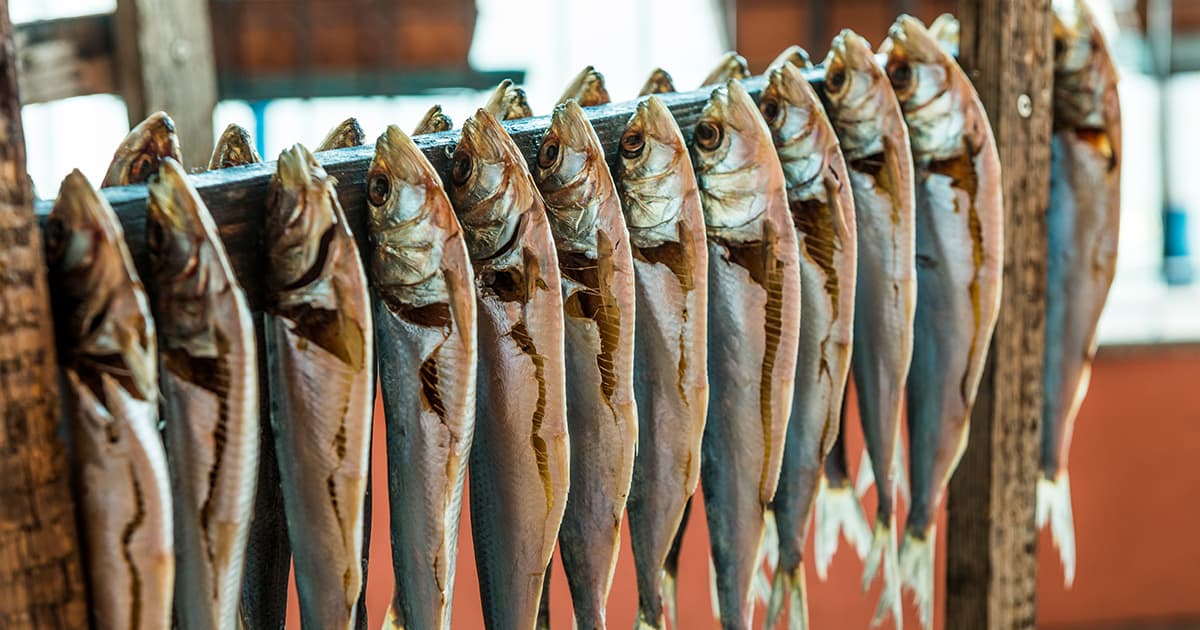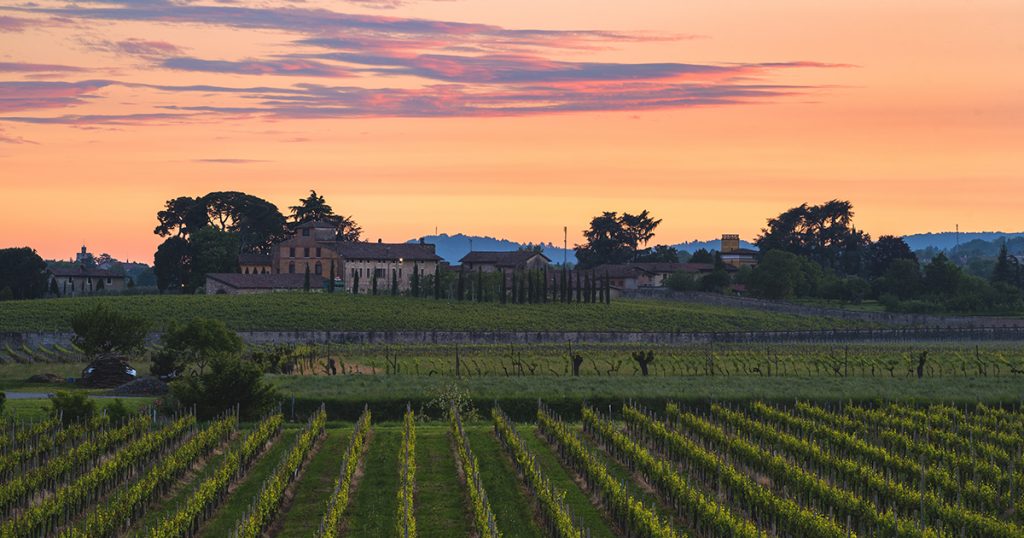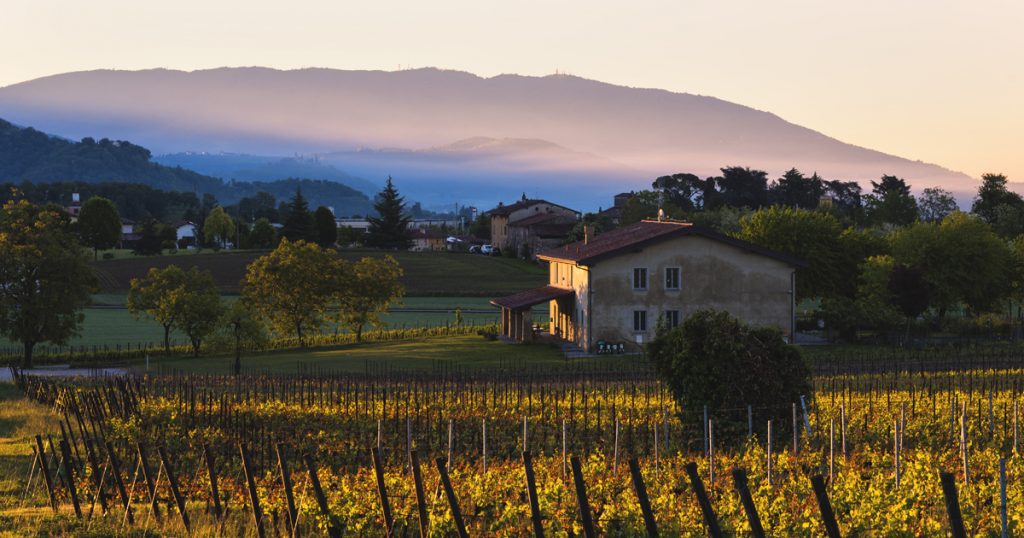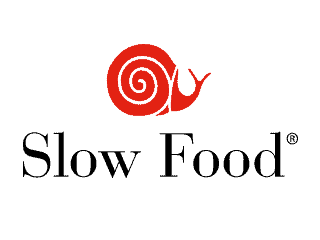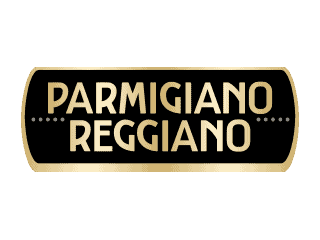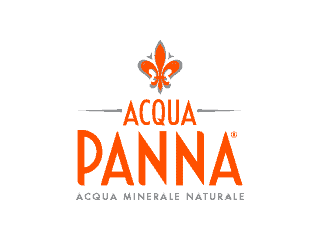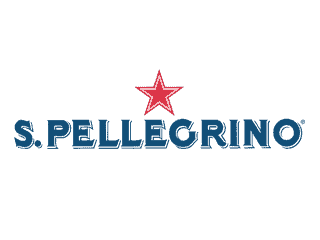Two worlds interweave in Franciacorta’s culinary traditions: the farming tradition with its inland area meats and cheeses made in the area’s dairies and pasture lands and the fishing traditions of nearby Lake Iseo.
Cold cuts
Cheeses
Seafood
Oil
Laghi Lombardi DOP extra virgin olive oil and Sebino geographical designation of origin
The Laghi Lombardi Protected Designation of Origin is the preserve of extra virgin olive oils made in the areas of lakes Sebino and Como.
The Sebino geographical designation of origin is the preserve of oils made from at least 40% Leccino cultivar olives and no more than 60% of cultivars Frantoio, Casaliva, Pendolino and Sbresa. No more than 20% of other varieties can be used.
The production zone of the olives used for the Laghi Lombardi extra virgin olive oil with a Sebino geographical designation of origin comprises 24 town councils in Brescia province and 24 towns in Bergamo province, all around Lake Iseo.
Olive farming has ancient origins in Lombardy and is certainly pre-Roman, as is testified to by a great many historical documents and the unearthing of ancient olive presses. It developed on the shores of the Alpine foothill lakes with their fertile moraine origin soils and a climate well-suited to the farming of this Mediterranean plant.
In 1997 it obtained the PDO designation from the European Union and a consortium was set up to safeguard and promote the Laghi Lombardi PDO Protected Designation of Origin extra virgin olive oil with the two Sebino and Lario additional geographical origin designations as well.
The olives are picked from the trees within the first week of January and made into oil within three days. The resulting oil is classified by experts as follows: greenish yellow in colour, light fruity aroma, fruity flavour sometimes mildly bitter and spicy, suitable for all sorts of dishes.
The lightness and delicacy of these oils makes them ideal for a range of dishes: starters, lake fish, meat carpaccios and bresaola, cheese and vegetables, on salads, pasta and soups and even for the making of some desserts.
Grappas and Spirits
Franciacorta consigns Pinot and Chardonnay grape-pomace to distilleries with aromas encompassing all the traditions and know-how of this truly internationally unique area. Classic grappas and those flavoured with berries, seeds and honey are highly valued. Grappa is distilled directly from grape pomace. Pomace is made up of grape skins separated from the must and wine. Those resulting from soft pressing are packed with moisture and stored in silos or closed spaces until fermentation is complete are the best. The best distillation is slow and delicate and uses traditional stills in which the vapour raises through the spongy mass of the pomace to extract the least volatile part and suffuse the vapours with its aromatic substances. The results of distillation are then aged in precious wood barrels which give the grappa their aromas by releasing tannins into it. Ageing itself is not indispensable for young, bold and aggressive spirits. Naturally the nobler and more complex grappas have aromas and flavours deriving from wood, the time the grappa spends in barrels and the climatic conditions in which it evolves.
Grappa Franciacorta DOC
This is the result of historic and rigorous distillation of pomace obtained from the winemaking of grapes harvested carefully in Franciacorta vineyards. It is a multi-purpose grappa recommended after a meal but also to make caffe corretto whose quality and aromas it enhances.
Aromatic grappa: Multi-variety
Pomace: Grapes harvested in in Franciacorta (Cabernet, Nebbiolo, Merlot, Barbera, Pinot Nero, Chardonnay and Pinot Bianco).
Flavours: Soft and velvety.
Aroma: Combination of aromas characteristic of white (mildly aromatic) grapes and red grapes (red fruits and mild spices).
Serving temperature: 18-20° C.
Distillati e Liquori
Various spirits and liqueurs are made from high mountain herbs such as the traditional Genepy, an infusion of Arthaemisia glacialis, a precious plant which grows amidst the rocks of the Tonale and Adamello glaciers.
